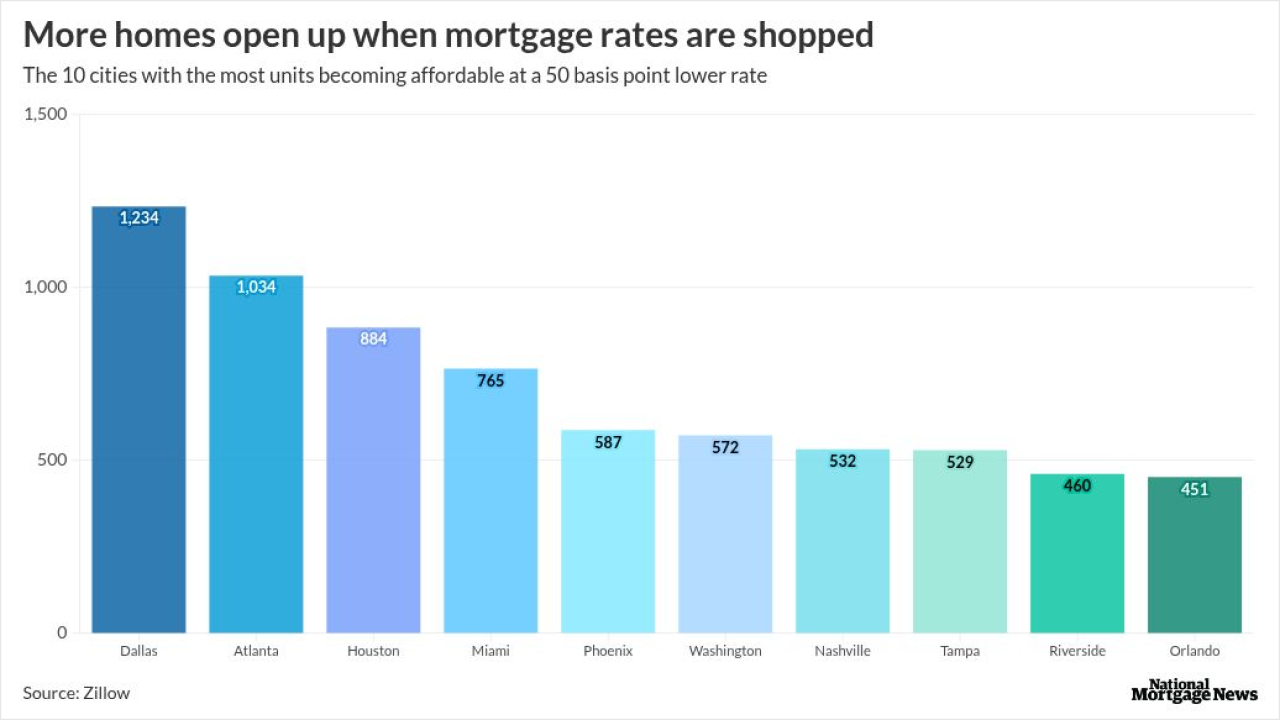More Americans signed contracts to purchase previously owned homes in January, rounding out a week of housing data that depicted an uneven recovery.
The index of pending sales climbed 1.7% after a 1.5% drop the prior month that was smaller than initially estimated, figures from the National Association of Realtors showed Friday in Washington. The median forecast of 38 economists surveyed by Bloomberg called for a 2% rise.
Employment gains and near record-low mortgage rates will help to underpin demand. A lack of properties for sale, higher prices and still-tight credit are hurdles for some customers as first-time buyers remain reluctant to enter the market.
"All indications point to modest sales gains as we head into the spring buying season," Lawrence Yun, the NAR's chief economist, said in a statement. "However, the pace will greatly depend on how much upward pressure the impact of low inventory will have on home prices."
Estimates in the Bloomberg survey ranged from no change to an increase of 5%. The Realtors' group revised the December data from a previously reported 3.7% decrease.
Three of four regions saw an increase, led by 3.2% in the South, the report showed. Pending sales gained 2.2% in the West and 0.1% in the Northeast and fell 0.7% in the Midwest.
Compared with a year earlier, the index increased 6.5 percent on an unadjusted basis. It was projected to climb 8.7%, according to the Bloomberg survey median.
The pending sales gauge was 104.2 on a seasonally adjusted basis, the highest since August 2013. A reading of 100 corresponds to the average level of contract activity in 2001, or "historically healthy" home-buying traffic, according to the NAR.
Economists consider pending sales a leading indicator because it tracks contract signings, as opposed to purchases of existing homes, which are tabulated when a deal closes, typically a month or two later.
The latter makes up more than 90% of the housing market. Resales dropped 4.9% in January from the previous month as broad-based price increases put more properties out of reach for American homebuyers, according to NAR data released Feb. 23.
Another report from the Commerce Department on Feb. 25 showed new-home sales in January held close to the fastest pace in more than six years, consistent with slow and steady progress that’s been the hallmark of the U.S. housing market since early 2012. New-home sales account for about 7% of the residential market and are tabulated when contracts are signed, making them a timelier barometer than existing home sales.





